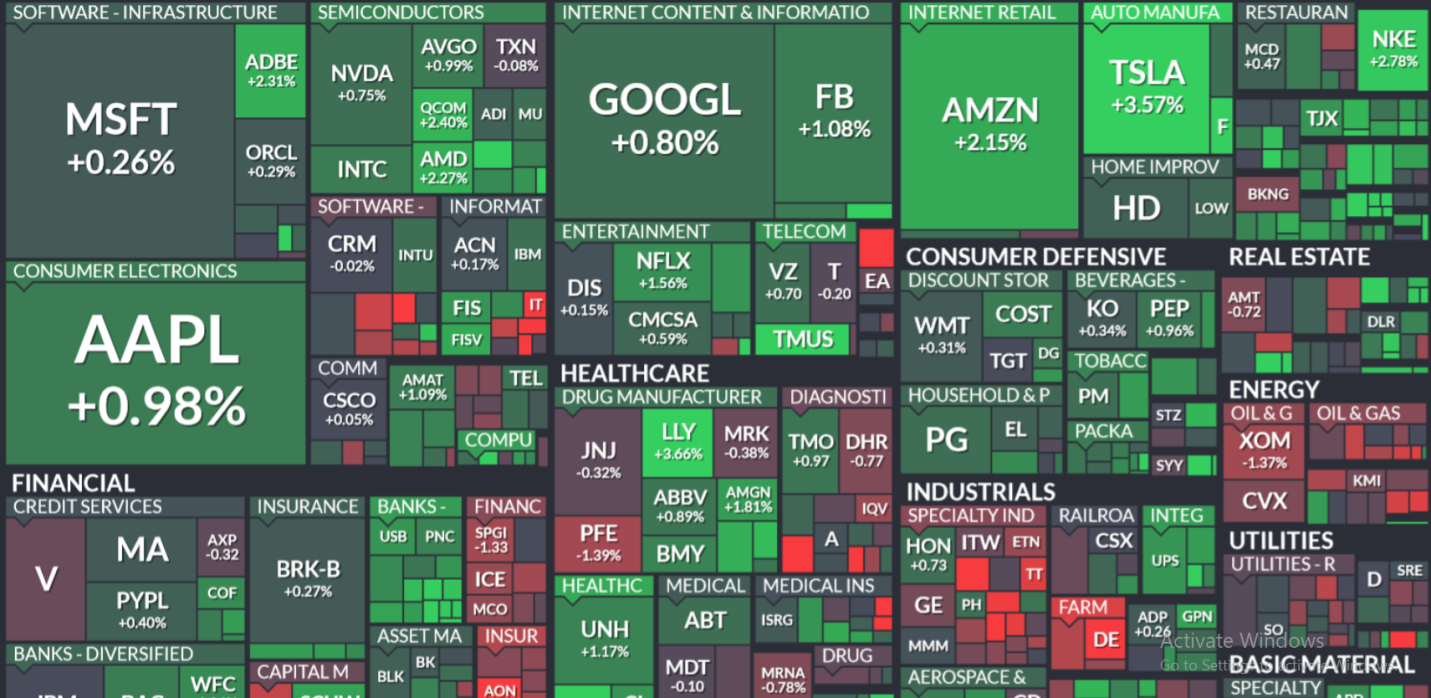WTI and Brent futures turned to the upside with modest support from China this morning in Europe, after logging the worst session in almost about a year on Tuesday, with both benchmarks sliding deep in the red. Investors eye more economic and supply data for further direction.
WTI futures for November delivery on the New York Mercantile Exchange traded at $91.35 per barrel at 8:01 GMT today, up 0.21% for the day. Prices had ranged from $91.22 to $91.63 per barrel. The US benchmark lost 3.6% on Monday, reversing all recent gains and nearing a 1.1/5-year low.
Meanwhile on the ICE in London, November Brent stood at $94.72 per barrel, up 0.05%, with prices between $94.53 and $95.17 per barrel. The contract’s premium to its US counterpart widened to $3.37, the lowest in a year. The global benchmark closed Tuesday session for a 2.6% loss, while reaching a two-year low at $94.24.
“Ultimately, if we see oil prices continue to fall with WTI under $90 and Brent close to $90, OPEC would probably start to get an itchy trigger finger (and proceed with an output cut),” Ben Le Brun, market analyst at OptionsXpress in Sydney, said for Reuters.
Analysts agree that a complex of factors contributed to the late slump Tuesday. A four-year strong dollar, weakening demand outlooks in Europe and China, Mexico bulk-trades, rising output from OPEC and technical covering at the end of the quarter were all cited as possible factors in the worst session for WTI in almost two years.
Key data on China was posted this week, with both HSBC and the Chinese government seeing growth in Chinas factory sector last month. The factory sector is a leading oil demand gauge, as manufactured goods need transportation and factories themselves require a significant amount of fuel or power. In China especially, the factory sector is a massive part of the economy, accounting for more than 40% of GDP, while China itself accounts for about 12% of global crude demand.
Meanwhile, key unemployment and CPI figures from the Eurozone, where 11% of all crude goes, were also posted. The unemployment rate was logged unchanged at 11.5%, while consumer inflation, as expected, dropped to 0.3% on an annual basis. Core CPI, however, was lower than forecast at 0.7%. The news sent the euro hurdling down, logging a new two-year low, while the dollar climbed a four-year peak against a complex of other major currencies, extending the recent upwards trend and pressuring commodities across. Key for the euro will be Thursdays European Central Bank (ECB) meeting, the first after the Bank lowered its benchmark lending rate to the historic low of 0.05%, and introduced a €3tn stimulus program.
Investors will hardly have priced in these figures, as more key data lies ahead. Eurozone manufacturing PMI is set for release today, with forecasts of minor growth in the sector. A bunch of crucial economic data from the US is also due for release. ISM will post its US manufacturing PMI, set to log another month of massive expansion, while ADP will post its flash payrolls readings, looking to log 200 000+ new jobs in September, recovering after the slump in growth in August.
US inventories
Key to sustaining crudes lower prices, or to inducing a rally back to earlier levels, will be the Energy Information Administration (EIA) report on US oil inventory levels, due for release later today.
A Bloomberg survey suggests crude stocks in the US added 1.5 million barrels in the week through September 26th, while gasoline dropped 0.6m and distillates were unchanged. Crude production reached a 28-year high last week.
The report is expected in the backdrop of record production in the US, and worldwide, pushing crude into surplus and pressuring prices.
The latest Reuters poll suggested OPEC saw its output grow in September. The results were probably the strongest factor behind Tuesdays slump, as it came in the backdrop of calls for OPEC, and withing OPEC, for the cartel to trim production and bring oil prices back $100 per barrel levels.
Previously, OPEC and the International Energy Agency (IEA) both lowered crude demand growth outlooks for 2015, while also noting ample supplies. OPEC also lowered its own marketable crude projection.
Morgan Stanley analysts said that unless OPEC cut output, “crude markets will remain oversupplied and risk selling off into expiry,” Reuters reported. “OPEC should eventually provide support, but less so in the short run,” the analysts said.
Technical support and resistance levels
According to Binary Tribune’s daily analysis for Monday, West Texas Intermediate November futures’ central pivot point is at $92.31. In case the contract breaches the first resistance level at $93.75, it will probably continue up to test $96.35. Should the second key resistance be broken, the US benchmark will most likely attempt to advance to $97.79.
If the contract manages to breach the first key support at $89.71, it will probably continue to drop and test $88.27. With this second key support broken, movement to the downside will probably continue to $85.67.
Meanwhile, November Brent’s central pivot point is projected at $95.57. The contract will see its first resistance level at $96.90. If breached, it will probably rise and test $99.13. In case the second key resistance is broken, the European crude benchmark will probably attempt to advance to $100.46.
If Brent manages to penetrate the first key support at $93.34, it will likely continue down to test $92.01. With the second support broken, downside movement may extend to $89.78 per barrel.
Did the plunge Tuesday surprise you? Do you expect crude to rebound through years end?
Share your thoughts in the comments below.





